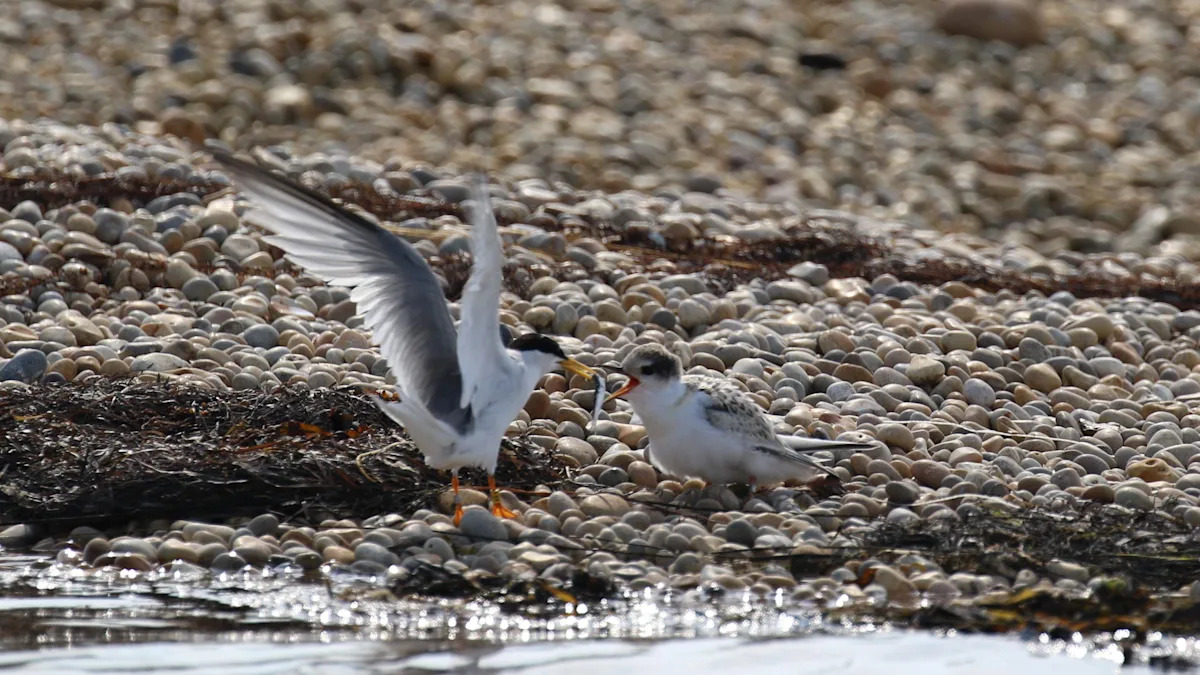Home / Environment / Tiny Seabird Stages Remarkable Comeback on Chesil Beach
Tiny Seabird Stages Remarkable Comeback on Chesil Beach
20 Oct
Summary
- Chesil Little Tern population surges to 39 chicks fledged in 2022
- Last remaining colony of its kind in southwest England
- Collaborative conservation efforts credited for upward trend since 2009

In a heartening development for conservationists, the UK's smallest and most threatened seabird has experienced a remarkable breeding season on Chesil Beach in Dorset. According to the Chesil Little Tern Recovery Project, more than 39 chicks successfully fledged this summer, a substantial increase from just 3 the previous year.
The colony on Chesil Beach is the last of its kind in southwest England, and the Royal Society for the Protection of Birds (RSPB) had previously reported a 39% decline in the species' population since the 1980s. This was attributed to factors such as the loss of safe habitats. However, the collaborative conservation efforts led by the RSPB, in partnership with various local organizations, have now helped turn the tide.
The project recorded a total of 61 nests, with an estimated 55 breeding pairs. Volunteers noted that the well-camouflaged chicks may have even fledged in greater numbers without being noticed. The little tern, with its distinctive black cap, white forehead, and yellow bill with a black tip, weighs no more than a tennis ball at 40 to 60 grams. These tiny seabirds migrate from West Africa each April to lay their eggs and raise their young on Chesil Beach, as well as on Norfolk's beaches.
Advertisement
The RSPB has expressed optimism that this year's results will help maintain the upward trend in the little tern's population since 2009, demonstrating the effectiveness of nest protection schemes when organizations and local communities work together.




